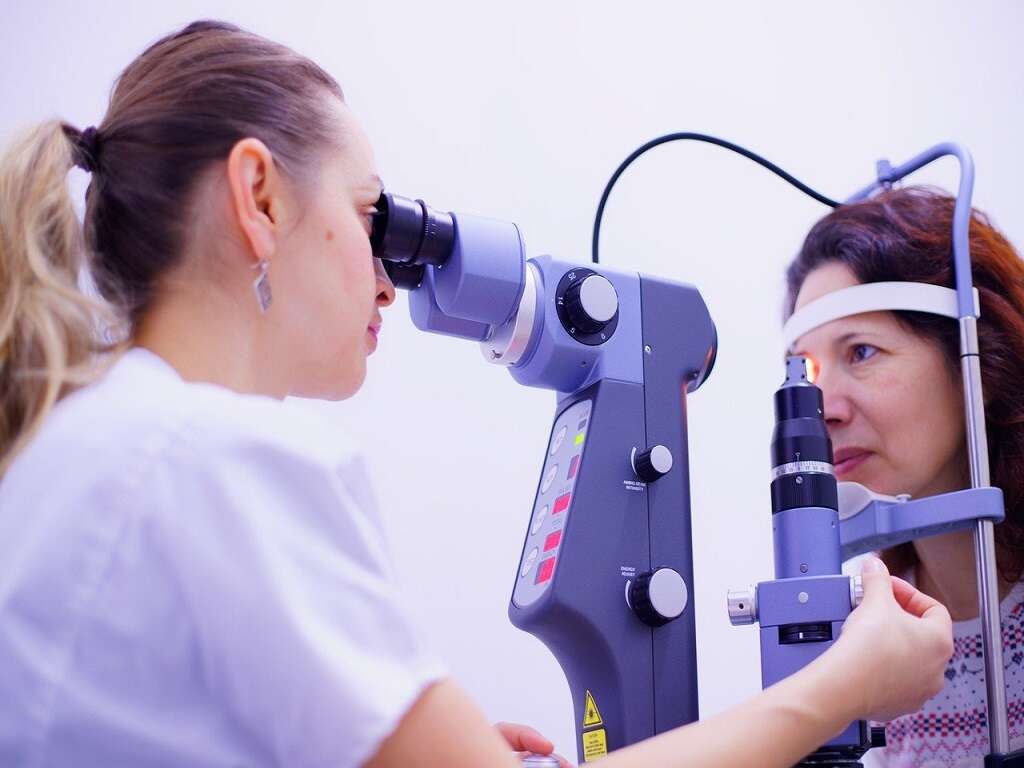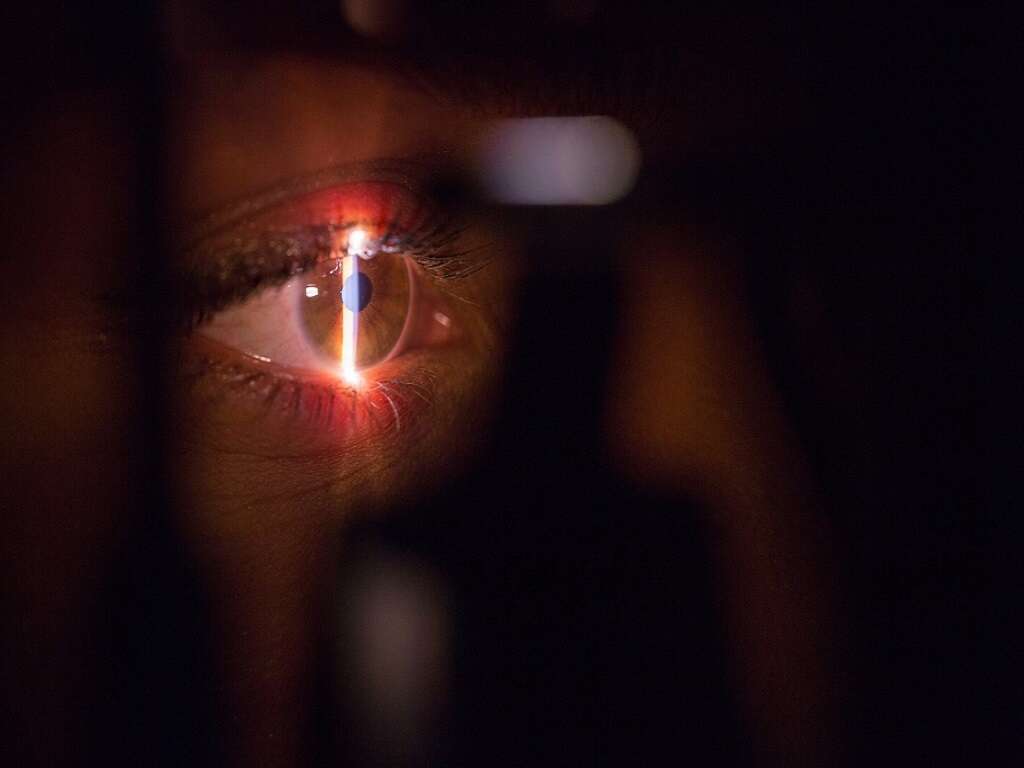What Is a Posterior Vitreous Detachment?
It is common for us to experience issues with our eyesight as we get older. This is not usually a problem for us in the modern world because there are various solutions that will help to correct our eyesight. Spectacles and contact lenses also mean that solutions to eye problems often don’t even need surgery.
One fairly common condition that people will experience as they get older is a posterior vitreous detachment. It is a condition that will remain permanent when it happens, but it will usually have little to no effect on the patient’s vision. It is also often painless, and many people will not even be aware it is happening.

1. Posterior Vitreous Detachment
The vitreous body is attached to the retina by microscopic fibers. Usually, the vitreous body will fill the capacity of the eyeball so it’s full. This means the vitreous body will fit flush against the rest of the components on the inside of the eye. Sometimes, however, the vitreous body can shrink, causing it to pull away from the interior of the eye.
This can then cause the vitreous body to pull away from the retina in a condition that is known as posterior vitreous detachment. It is a fairly common condition, and is usually harmless, rarely causing permanent damage. It will lead to complications in a small number of cases, however.

2. Causes
The main cause of posterior vitreous detachment is age. The ageing process affects the vitreous body in a way that causes it to lose its shape. The gel in the vitreous body will become more fluid, and the vitreous body can shrink overall. Despite this, the eye itself will remain the same size.
The vitreous body will still remain in position for a while as it is helped in place by microfibers, until it shrinks too much. Posterior vitreous detachments usually happen in people at around 60 years or older. It can happen in younger people, but it is not common in people under the age of 40.

3. Floaters
Many of us will have experienced floaters already as they are quite a common phenomenon. They are the dark specks that you will sometimes see in your peripheral vision, and they will soon dart away when you try and focus on them. They are rarely a problem and many people that have them manage to forget they are even there.
Floaters are caused by the ageing process, as the vitreous fluid shrinks. The gel can take on a ‘stringy’ consistency in some places, and these cause shadows to be cast on the retina. Treatment for floaters is not necessary, although they can be a sign of underlying conditions that do need attention.

4. Flashes
Flashes in the eyesight are another symptom of posterior vitreous detachment. They are a type of photopsia and are another fairly common condition. They are also quite harmless but they can be a sign of an underlying condition that needs to be addressed. There are different factors that can cause these flashes to appear in your eyesight.
Among the most common causes of these flashes is the fibers attached to the retina being pulled, which is exactly what happens with posterior vitreous detachment. Once the vitreous body has completely detached from the retina, the patient will see stars less often, or the stars might stop altogether.

5. Cobwebs
We usually see floaters individually, perhaps with a handful of them spaced out from each other. Sometimes, however, there can be more of them together, and they will then form what will look like cobwebs in your vision. Just like standard floaters, these are harmless and it is usually quite easy to forget that they are even there.
In a posterior vitreous detachment, the cobweb effect can happen as the outer of the edge of the vitreous body can be ‘seen’. Once the vitreous body has become completely detached from the retina, the cobweb effect will disappear. The condition does not necessarily require treatment.

6. Complications
In most cases, a posterior vitreous detachment will happen gradually and uniformly. When this happens, the detachment will be clean with no problems occurring. The separation does not always go as smoothly as we would like, however. In some cases, the process can cause damage to the retina.
The process will sometimes cause the retina itself to tear, or one of the blood cells can become damaged. This can lead to further complications, and it will even result in permanent loss in vision in some cases. Thankfully this is rare, and the majority of patients with a posterior vitreous detachment will retain their full eyesight.
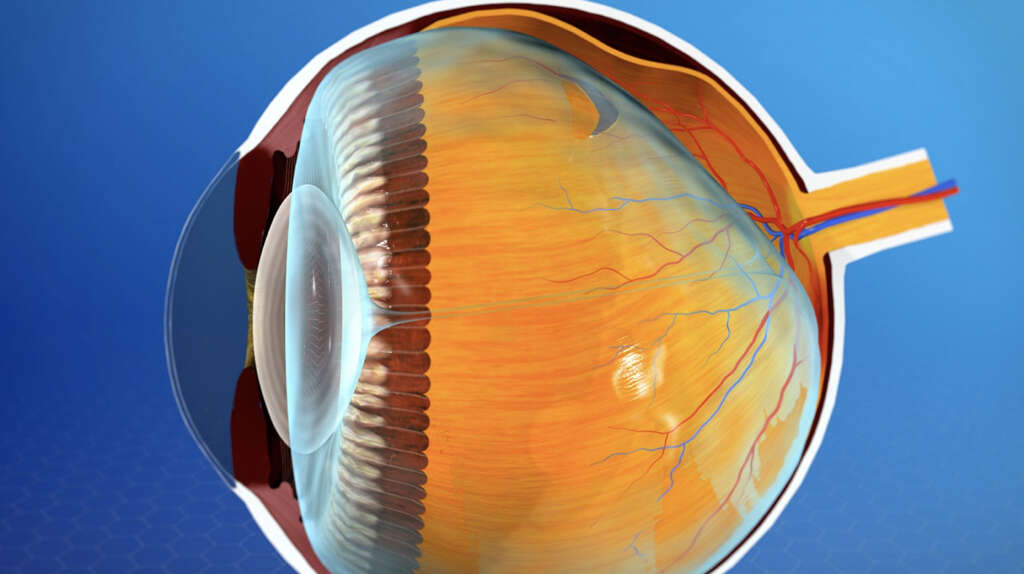
7. Macular Holes
As the vitreous body pulls away from the retina, it will pull on the retina as it does. In most cases, the two will eventually separate with no damage done, but the process can sometimes pull a part of the retina away. This will leave a hole in the center of the retina, in what is known as a macular hole.
Macular holes will sometimes heal themselves in time, meaning any symptoms will only be short lived. They don’t always heal themselves, however, but surgery will help to repair the hole if necessary. Macular holes can cause the patient’s vision to become blurry and distorted.
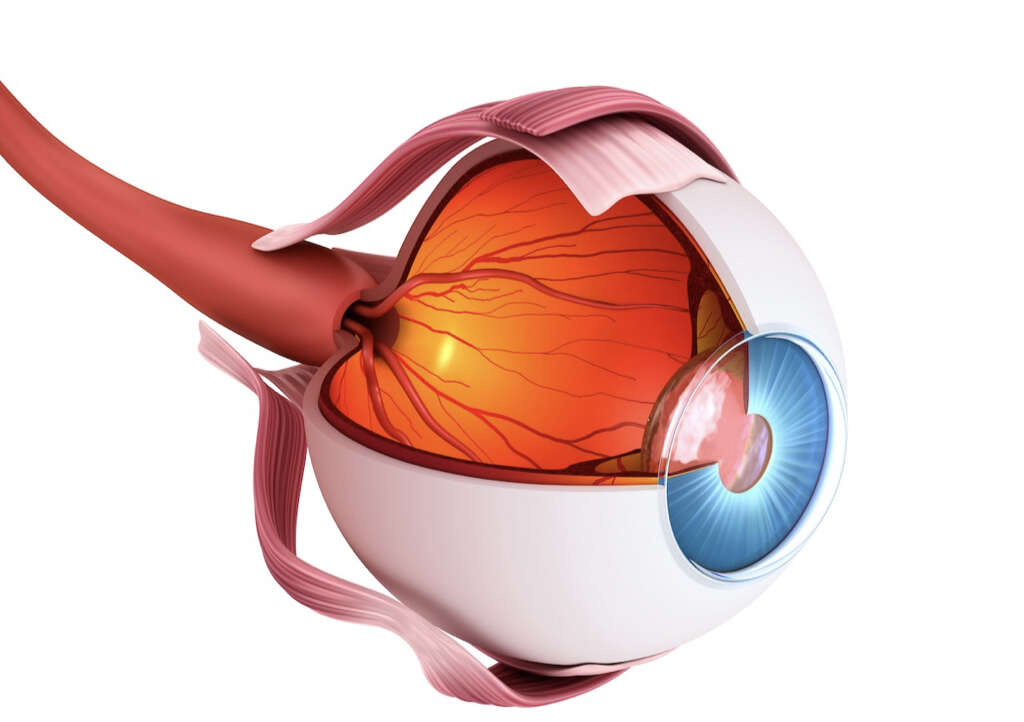
8. Who’s At Risk
As mentioned, a posterior vitreous detachment usually happens as part of the ageing process, meaning it is usually found in older people. There are some other factors that can also make people more likely to develop the condition, however. This includes people that have already had some form of eye surgery.
Also on the list of higher category people are those with diabetes. People with cataracts are also more likely to develop the condition, while people who are near sighted are also at a higher risk. People that have sustained injuries to their eye in the past are also in a higher risk bracket.

9. Diagnosis
While the symptoms of a posterior vitreous detachment are not serious, they can also be a sign of something else like a retinal detachment. Therefore, if the symptoms are getting worse then it is a good idea to get them checked out by an optician. Posterior vitreous detachment can usually be diagnosed with an exam that usually takes around 30 minutes.
The examination will involve the optician looking directly into the eye using specialized equipment. They will be able to look for signs of posterior vitreous detachment and other potential problems. Note that these examinations should only be performed by experts to avoid causing permanent damage to the eyes.
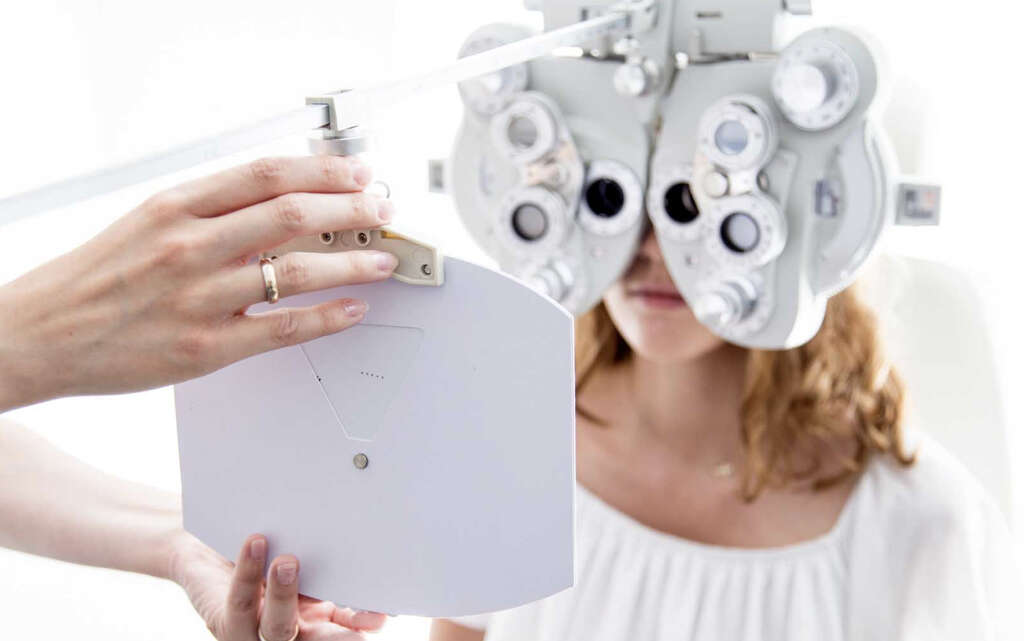
10. Treatment
The majority of posterior vitreous detachment cases will not require any surgery. However, people that continue to experience certain symptoms might need to have an operation. For example, it might be necessary for some or all of the vitreous gel to be removed if the patient has too many floaters or other vision problems.
As mentioned, macular holes will sometimes need to be repaired if they don’t heal by themselves. Retinal tears or retinal detachments will also sometimes need to be repaired, and not doing so in time can lead to the patient losing all or part of their vision.




